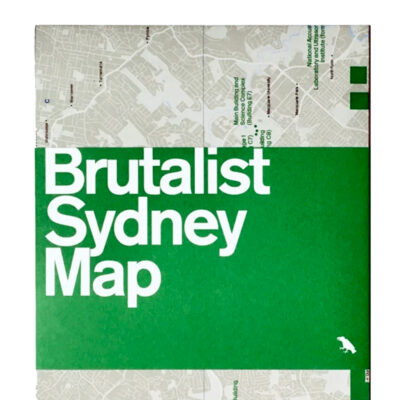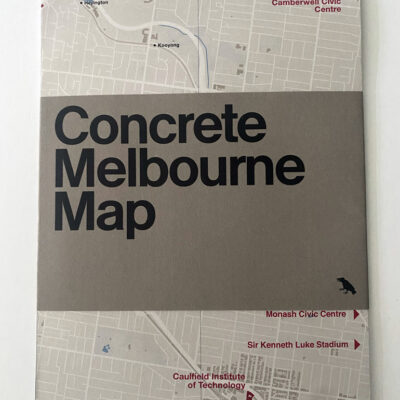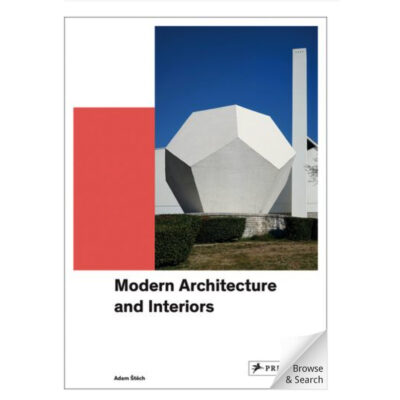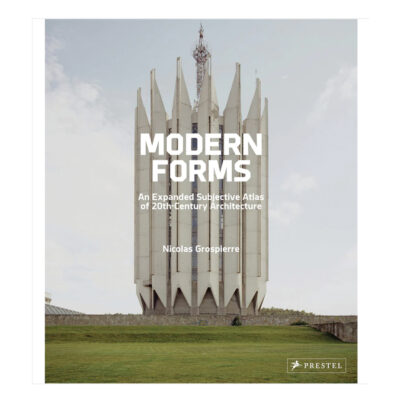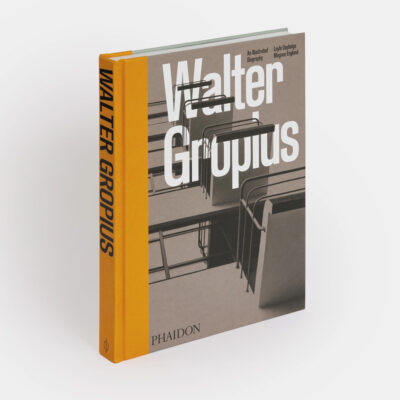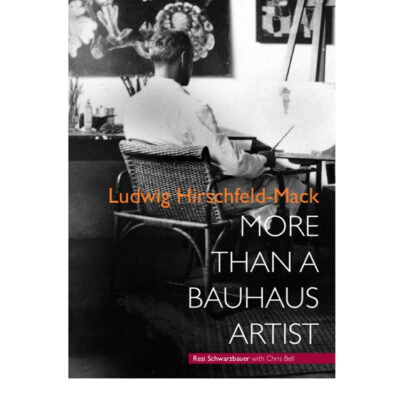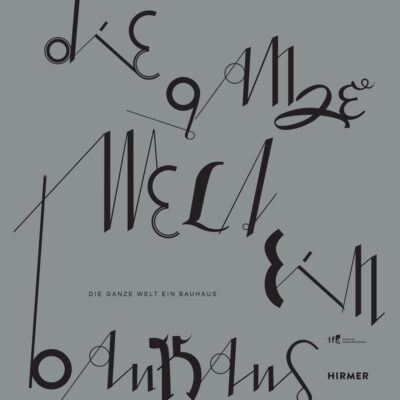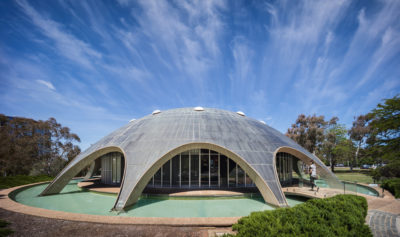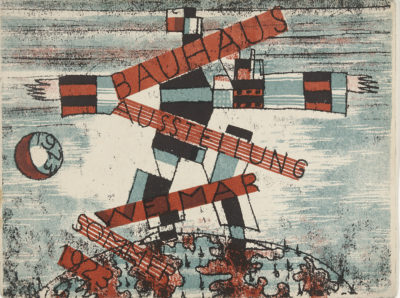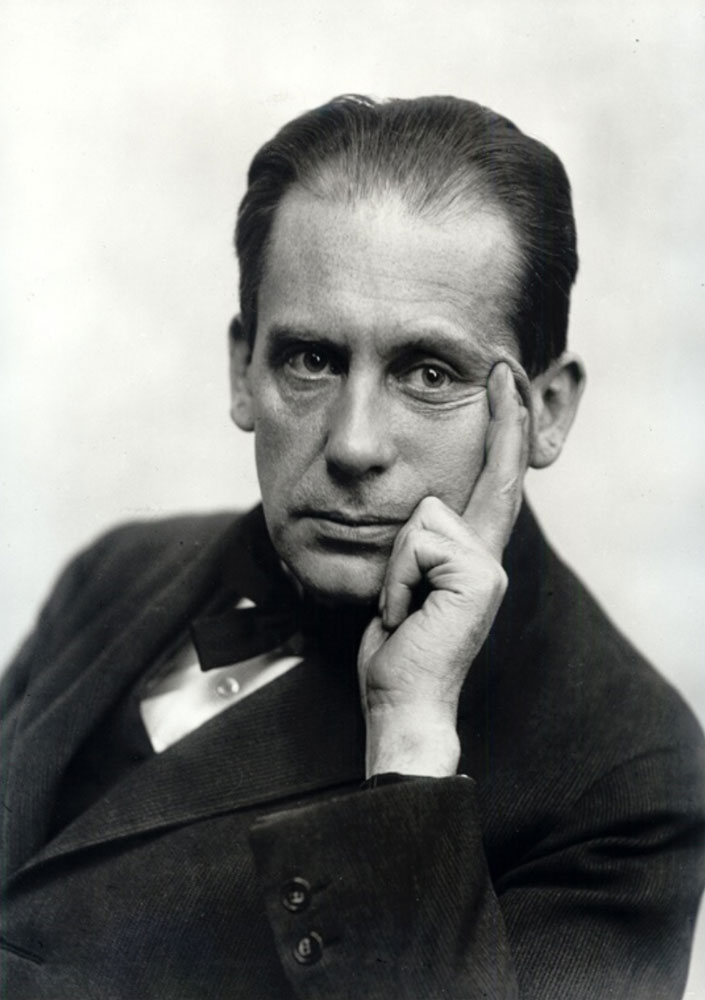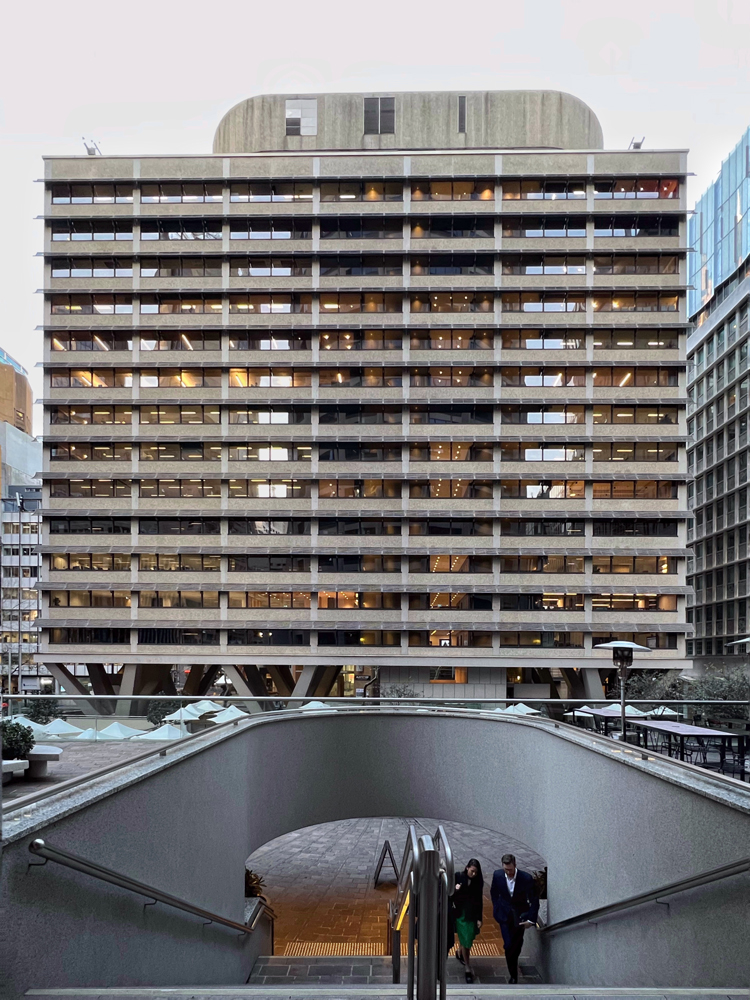
Harry Seidler
Was there a pivotal moment that set Harry Seidler on course for a stellar career?
Winning the coveted Sir John Sulman Award in Australia in 1951 for Rose Seidler House brought him to national attention. But was the personality of the man who said of another of his designs ‘It doesn’t worry me that people have criticised the building’, formed much earlier. Did coping mechanisms forged during his traumatic departure from Vienna to England as a 15-year-old and subsequent internment, give him a life-long resilience?
In 1938 as the Anschluss, the annexation of Austria by Germany made clear the new status of some of Austria’s citizens, Harry Seidler, a Viennese Jew was sent by his family to join his brother Marcell in England. Enrolled at the Cambridgeshire Technical School, the plan for a safe haven was derailed in 1939 when war broke out. By now classed an adult and an Enemy Alien, regardless that he was clearly not a threat, Harry together with his brother, were interned first in Liverpool and later on the Isle of Man and then despatched, by boat, with other enemy aliens to Canada. Today the trauma of these experiences is better understood and arguably the diary Harry kept during this difficult period of great uncertainty has contributed to our understanding. A combination of words and images, the diary is housed in the State Library of New South Wales.
A change in understanding of the plight of this group of refugees came when the British Government adjusted their status to Friendly Alien. This allowed Seidler to study architecture at the University of Manitoba where his brilliance was clear. He won a scholarship to Harvard in 1946 to study under Gropius and Breuer and took summer courses at the Black Mountain School of Art. In this rarified atmosphere, his contemporaries included IM Pei & Paul Rudolph. This led to his becoming Marcel Breuers’ chief assistant in his New York Office from 1946-48.
Travelling via Brazil, where he briefly worked for Niemeyer, Harry emigrated to Australia in 1948 to reunite with his parents who had arrived in ‘46, and at the age of 25 was commissioned by them to build their first home in the Sydney suburb of Wahroonga.
‘the most talked about house in Sydney’
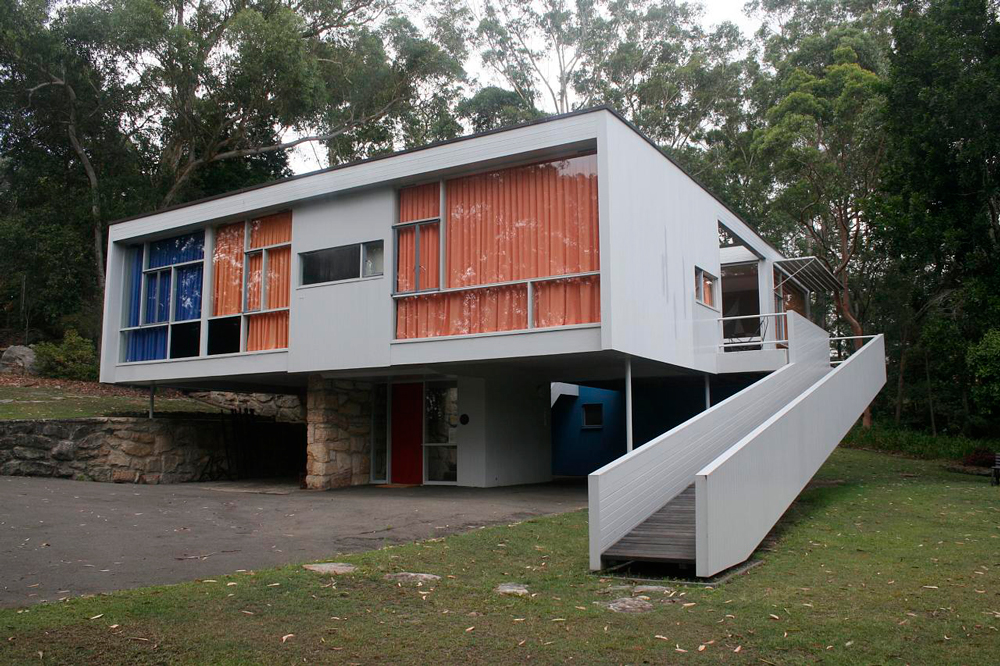
Rose Seidler House architect Harry Seidler Image Rory Hyde CC BY SA 2.0
Completed in 1950, Rose Seidler House became the ‘most talked about house in Sydney’, and was an immediate success. This was a game changer for Australian architecture, he built two other houses on the same site beside Ku-ring-gai National Park, the Marcus Seidler House (49-51) and the Julian Rose House (1950). Walter Gropius visited the house in 1954 and Eero Saarinen in 1956.
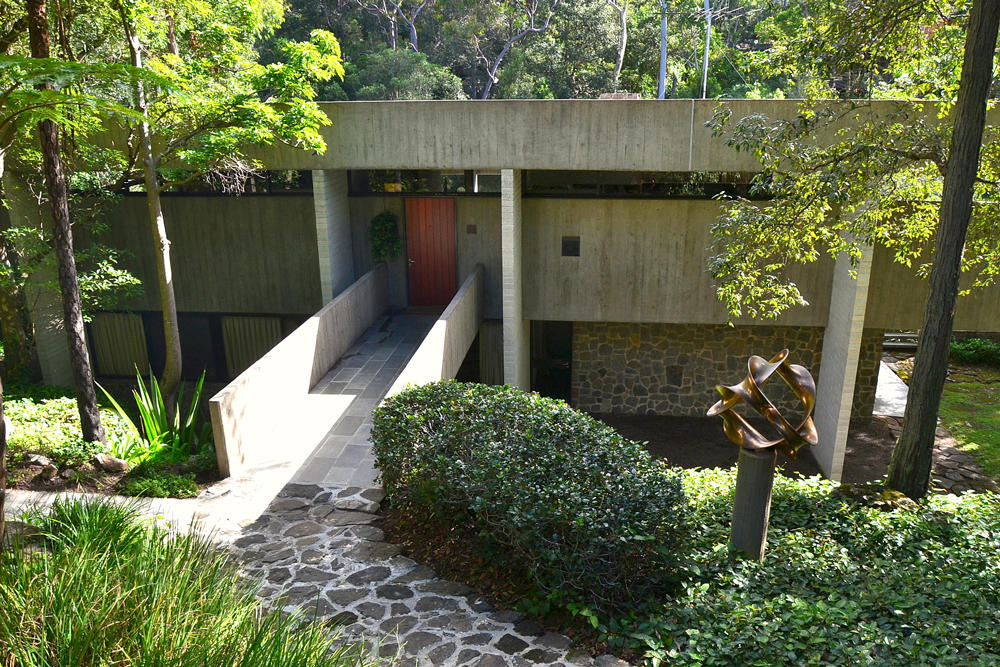
Harry and Penelope Seidler House Kalang Avenue CC BY 3.0 Image Sardaka
the ‘Seidlerisation of Sydney’
Informed by his time at Harvard, the work of Corbusier, Josef Albers, Breuer et al, Harry Seidler brought his brand of Modernism to Australia. In 1960 Harry worked together with Italian structural engineer Pier Luigi Nervi on the Australia Square project, a retail and office complex in the heart of Sydney’s business district with ‘the tallest lightweight concrete building in the world at the time it was built’* His 1966 Arlington Apartments nodded to a design system not seen in Australia, originally created by Le Corbusier for L’Unité d’Habitation in Marseille translated by Seidler, he made it his own. Major commissions throughout the ’60s and ’70s included the magnificent brutalist Australian Embassy in Paris.
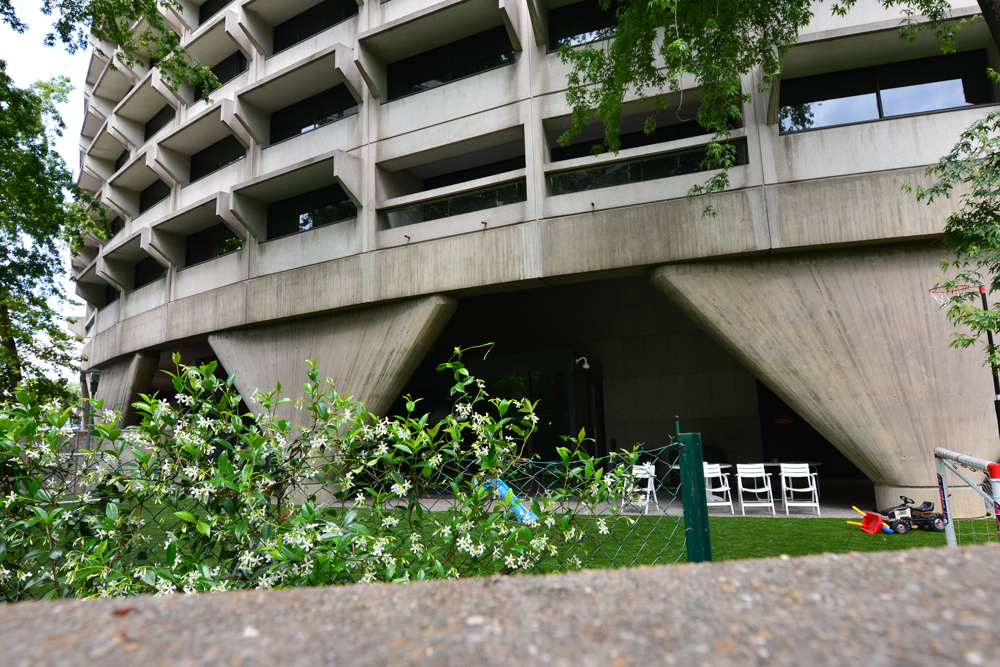
Australian Embassy in Paris, Architects Harry Seidler with Marcel Breuer Image Howard Morris
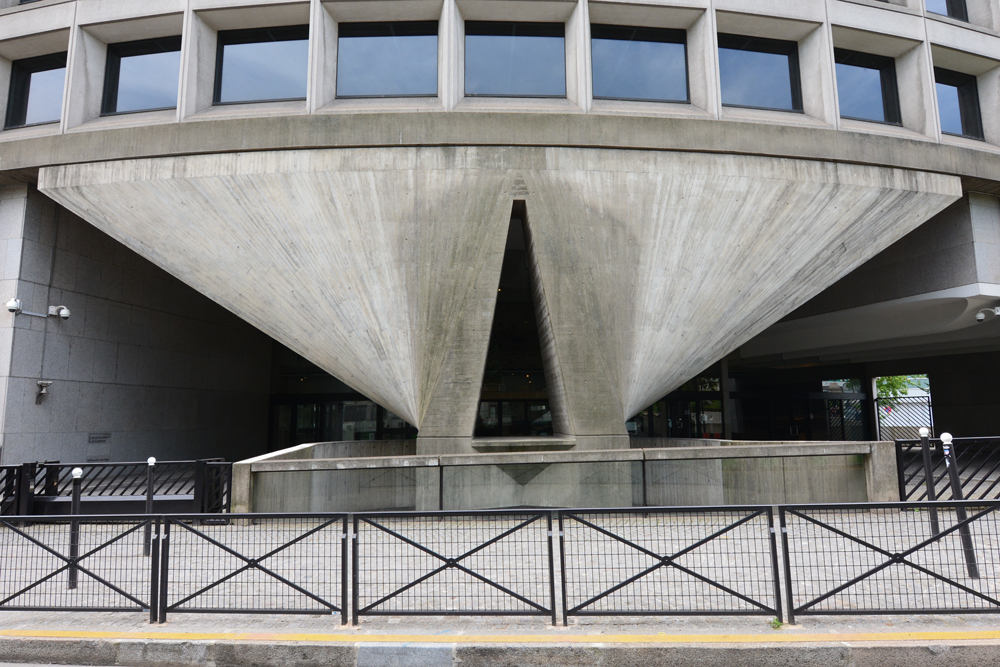
Australian Embassy in Paris, Architects Harry Seidler with Marcel Breuer Image Howard Morris
‘Good design doesn’t date’
He had a vision and the vision was uncompromising, it’s no surprise and nor is it inappropriate that he called himself the ‘torchbearer of Modernist architecture’. Here was an architect facing both plaudits and opposition. He was never afraid to challenge at the highest level which culminated in a series of court cases as he questioned New South Wales’ building restrictions.
In his obituary, the art critic Robert Hughes complained about the ‘Seidlerisation of Sydney’, Harry would surely take that as a compliment.
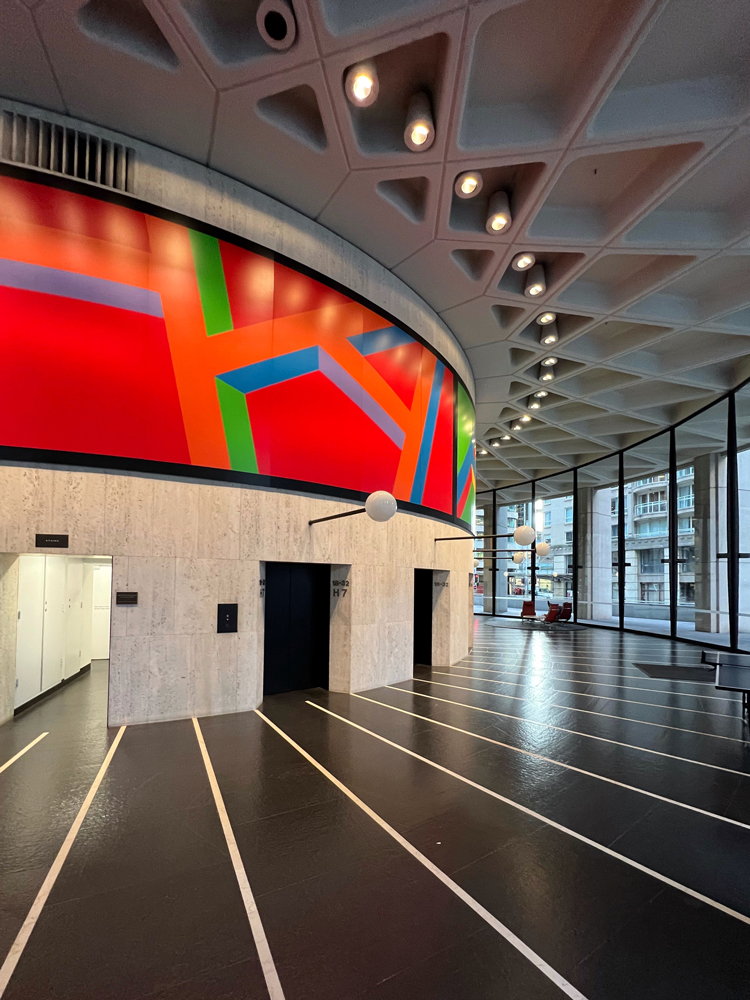
Australia House Interior and facade view in header. Images Duncan Gibbs
A selection of his Commissions:
Ithaca Gardens Appartments, Elizabeth Bay 1960
Blue Point Towers residential apartment block, McMahons Point 1961
Lend Lease House, Sydney 1961
Arlington Appartments, Edgecliff 1965
Thredbo ski lodge 1962,
Seidler’s family home 1966-7
Holocaust memorial Rookwood Cemetery 1969
Australia Square 1963-7
Seidler’s practice Milsons Point, Sydney
MLC Centre, Sydney 1972
Edmund Barton Building, Canberra
Australian Embassy in Paris
Grosvenor Place, Sydney 1988
Waaverley Centre, Victoria
Capita Centre, Sydney 1984
Shell HQ, Melbourne 1985
QV1 Tower, Perth
Riverside Centre, Brisbane 1987
Berman House, Joadja
Horizon apartments, Darlinghurst
Cove Apartments 2004
Ian Thorpe Aquatic Centre, Ultimo
Hong Kong Club and Offices,
Hochhaus Neue Donau, Vienna
Acapulco Residential Apartments 1969-70
YouTube of Rose Seidler house with thanks to Museum of History New South Wales
Images of Australia House, Duncan Gibbs
*Australian Institute of Architects




